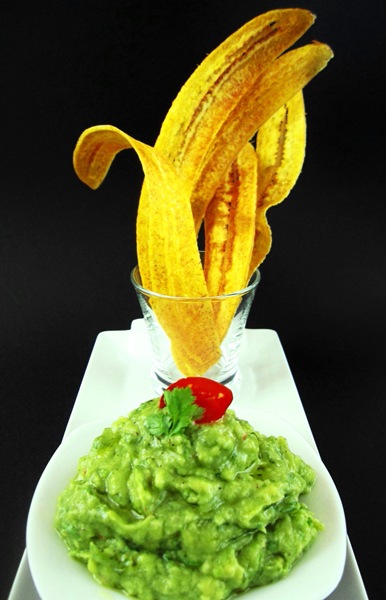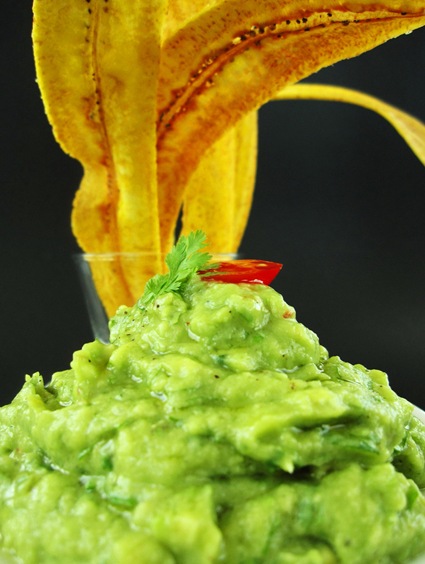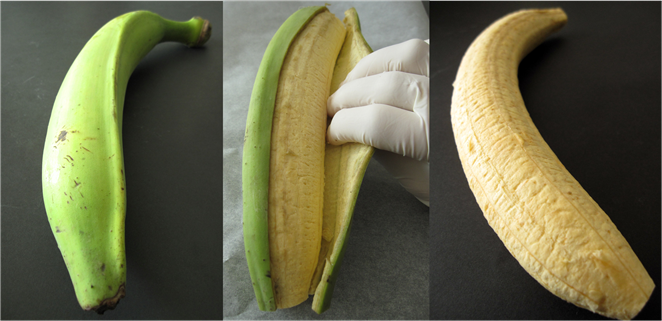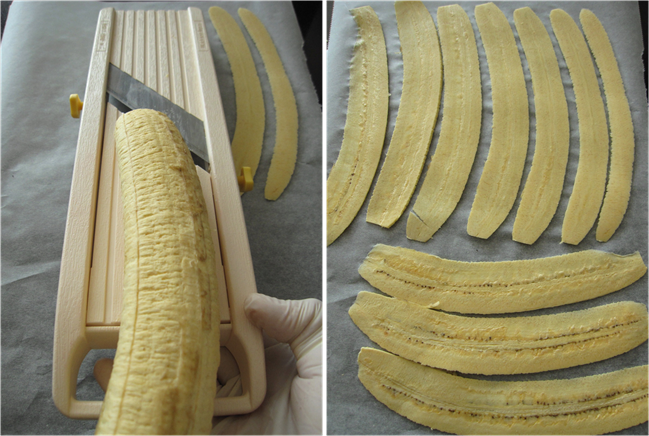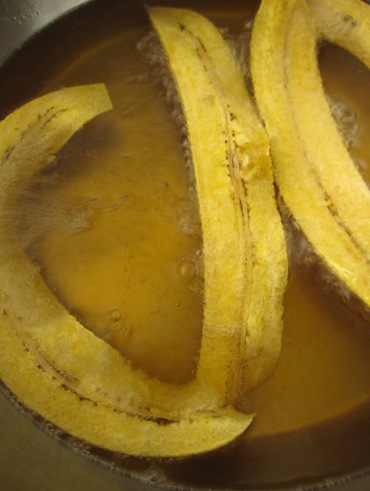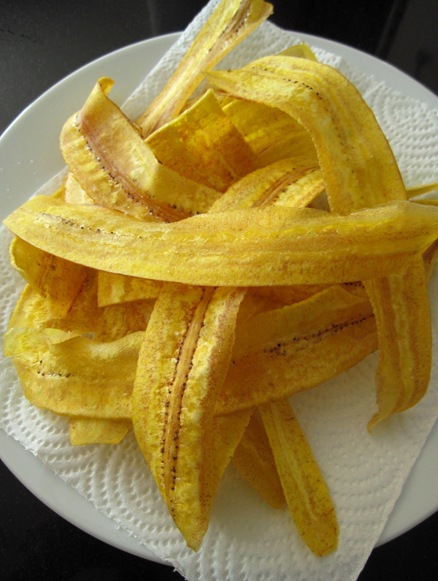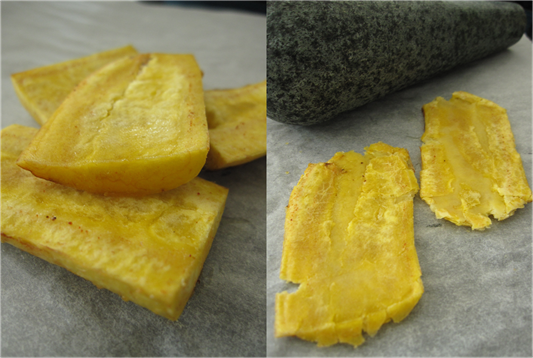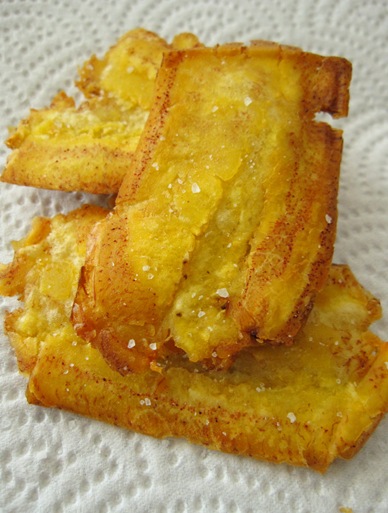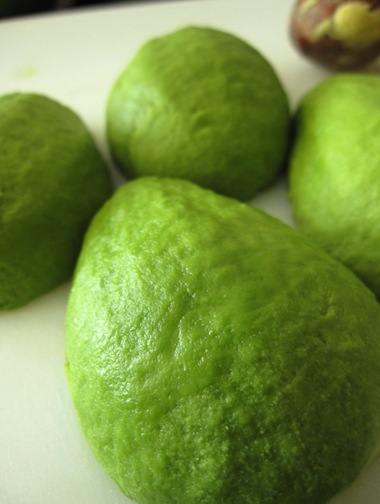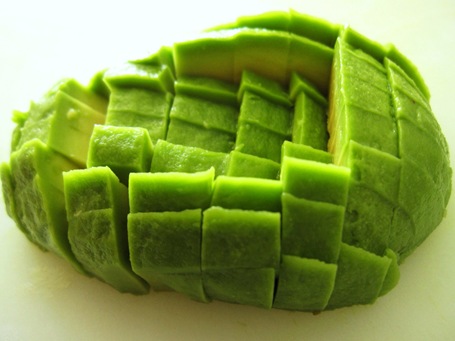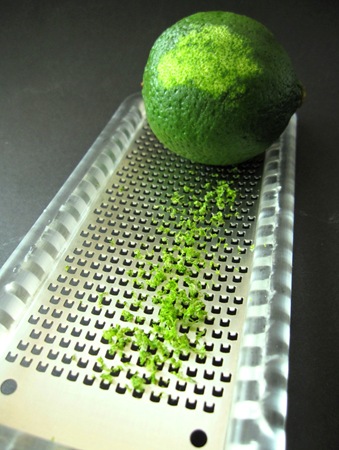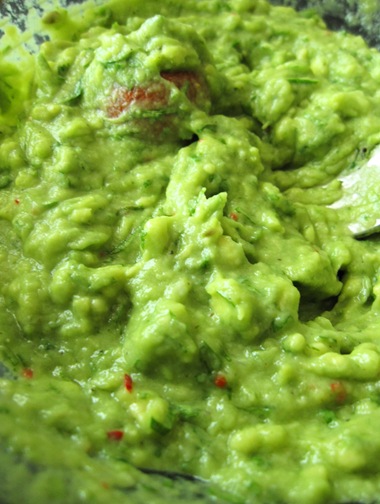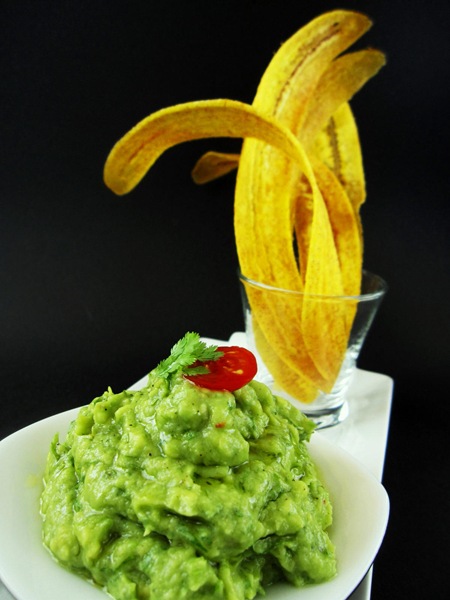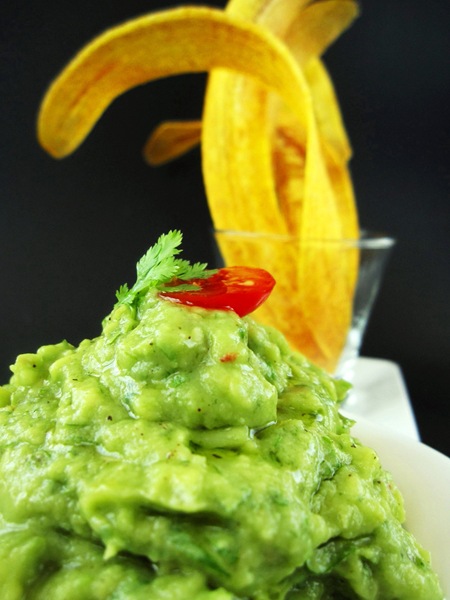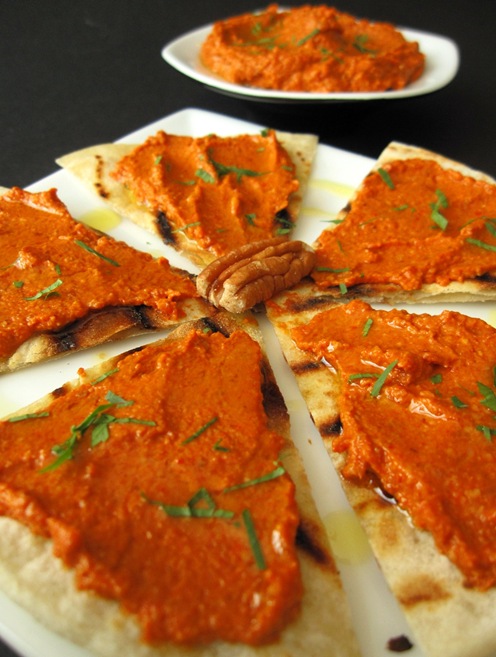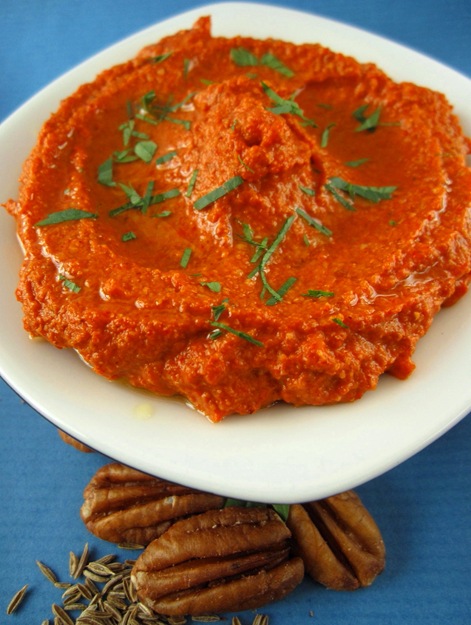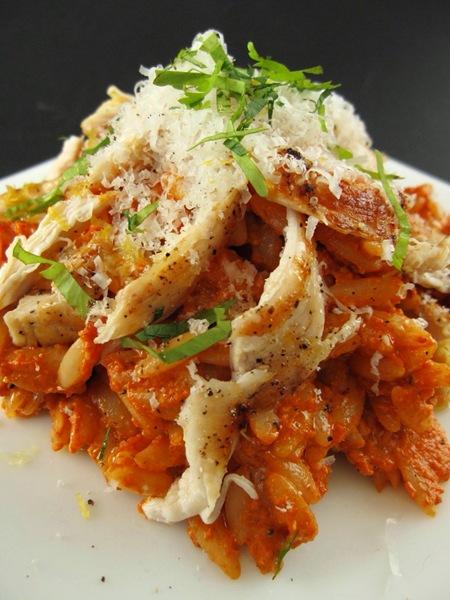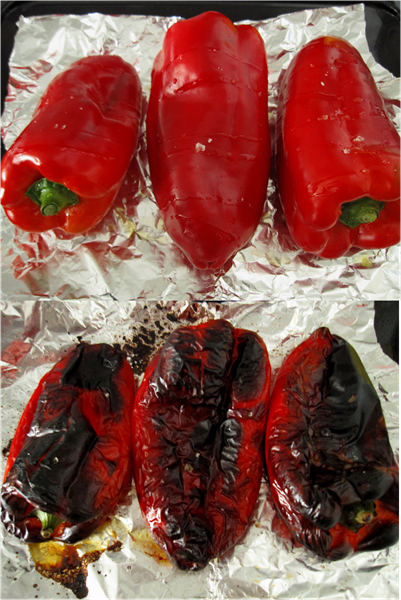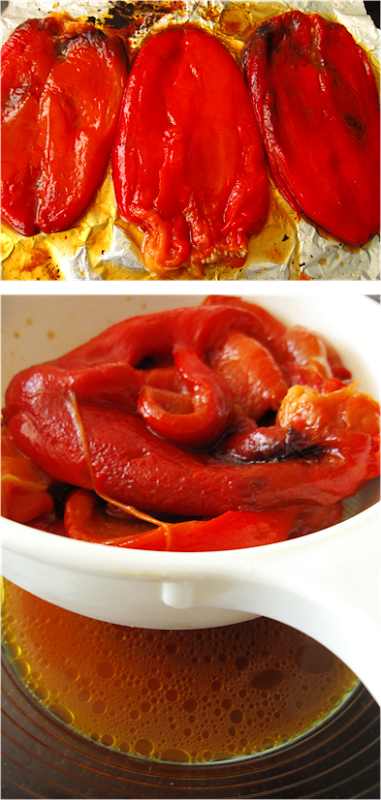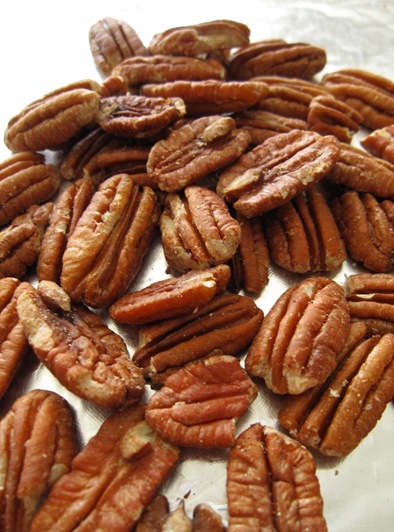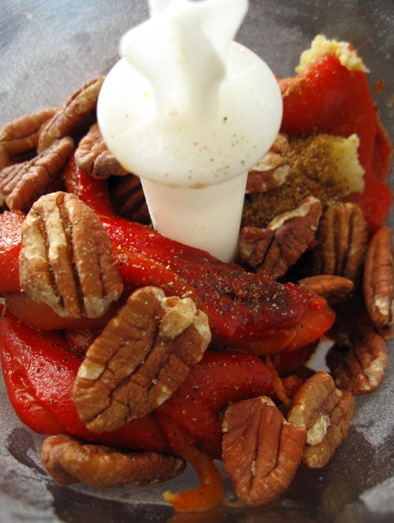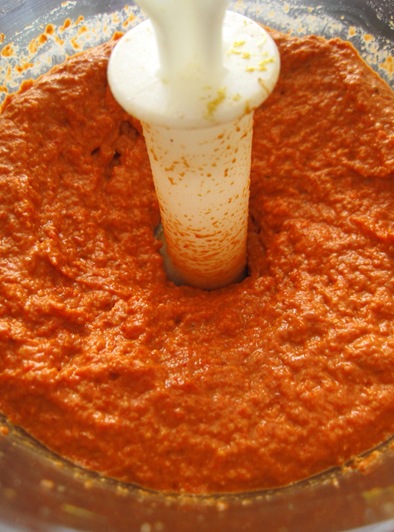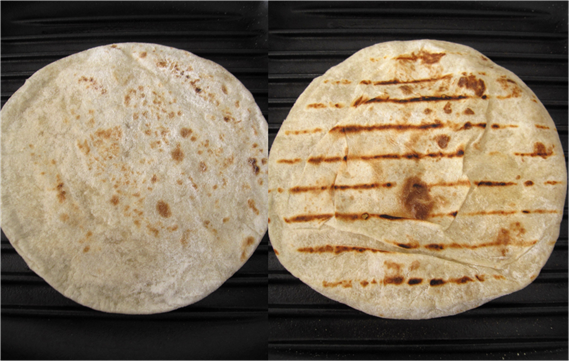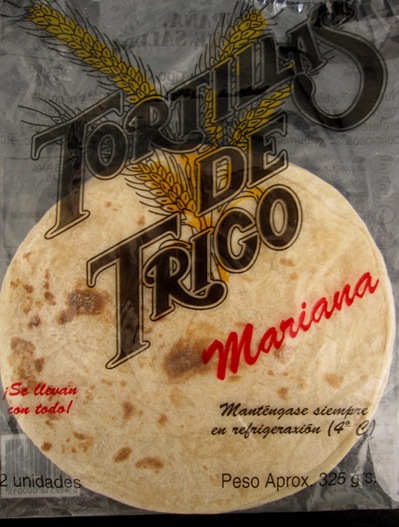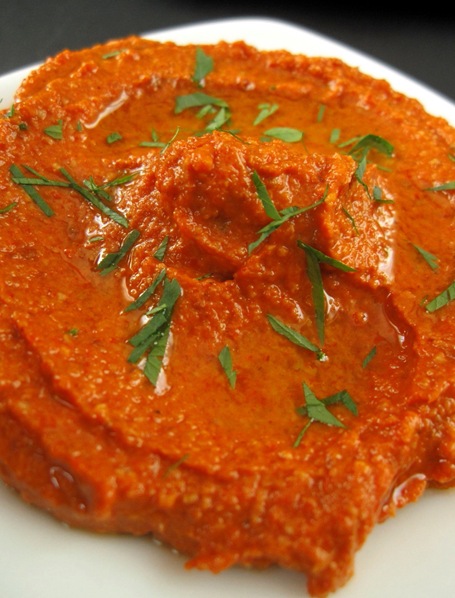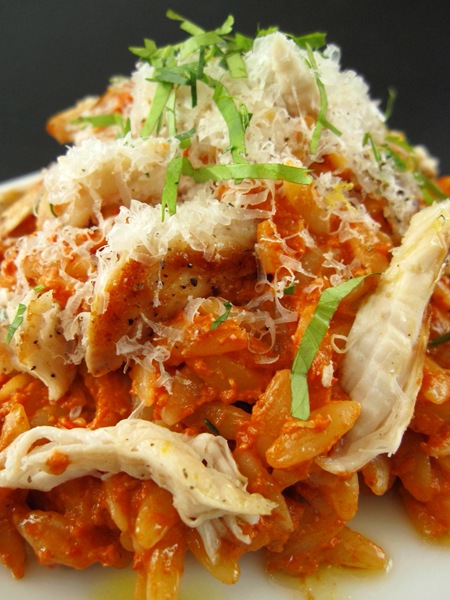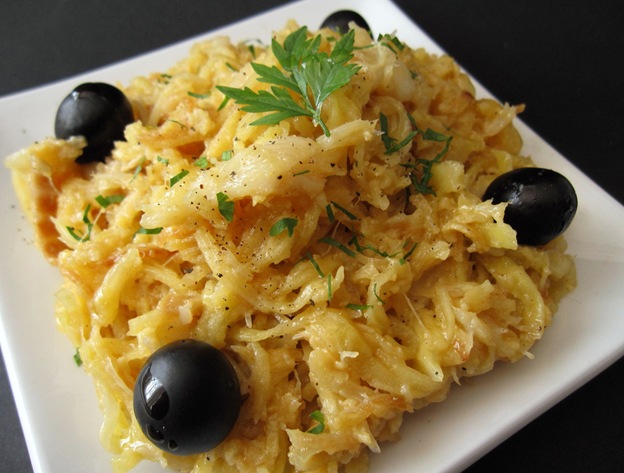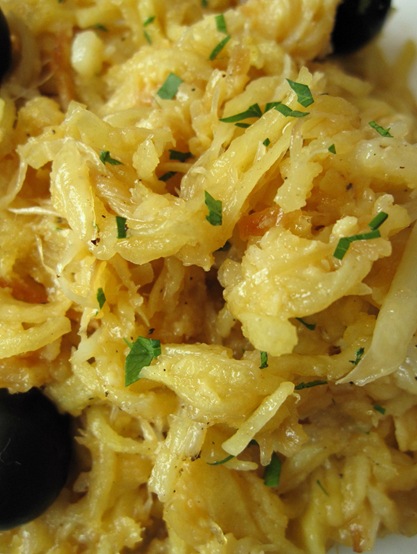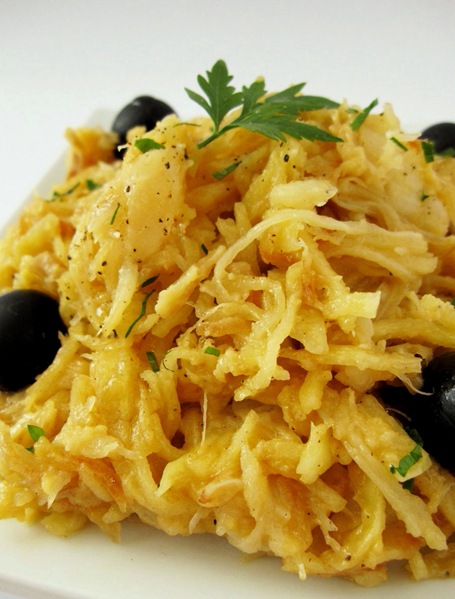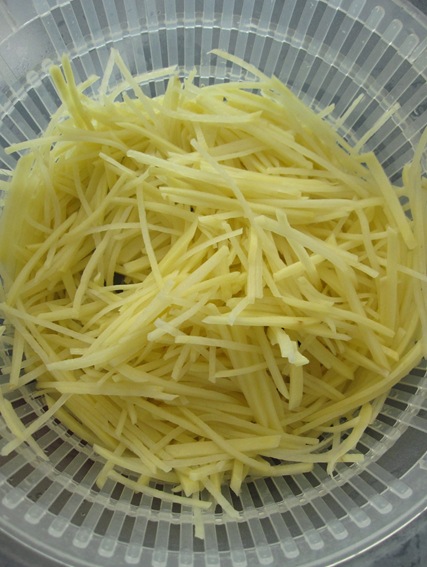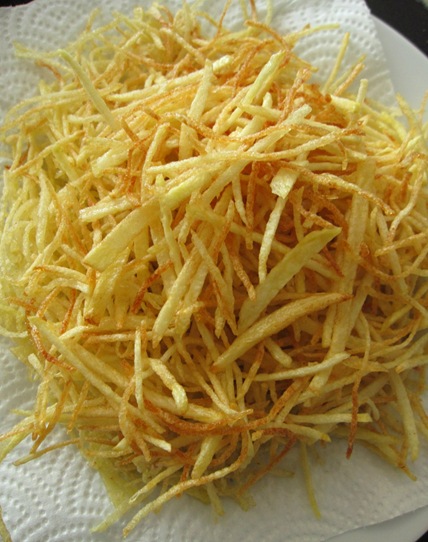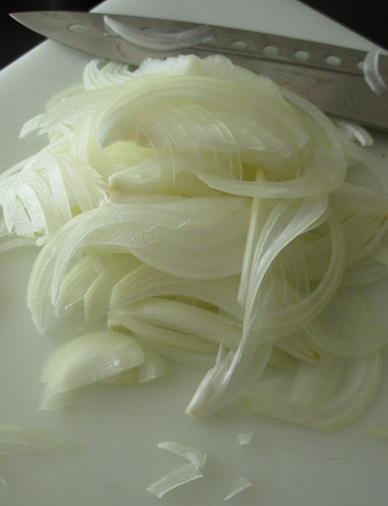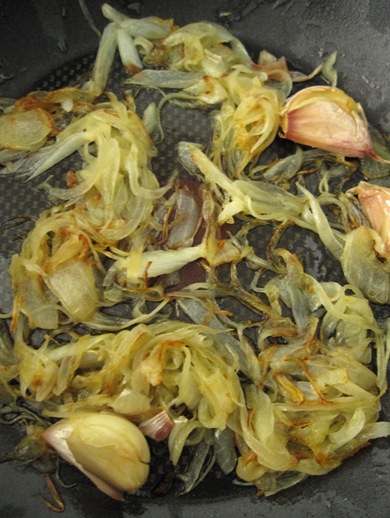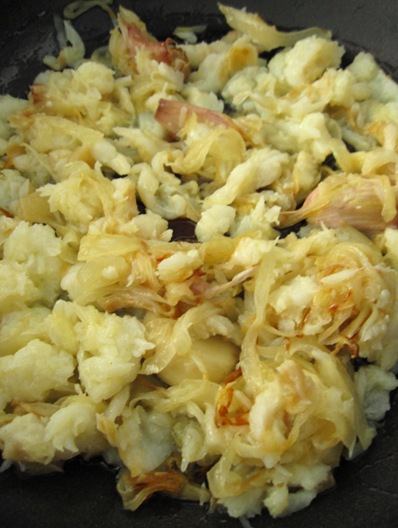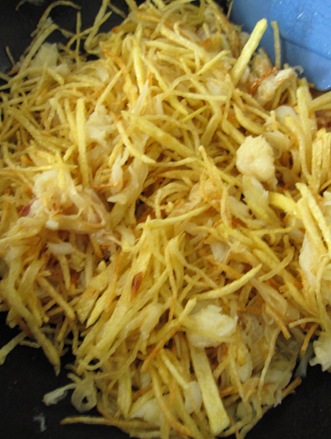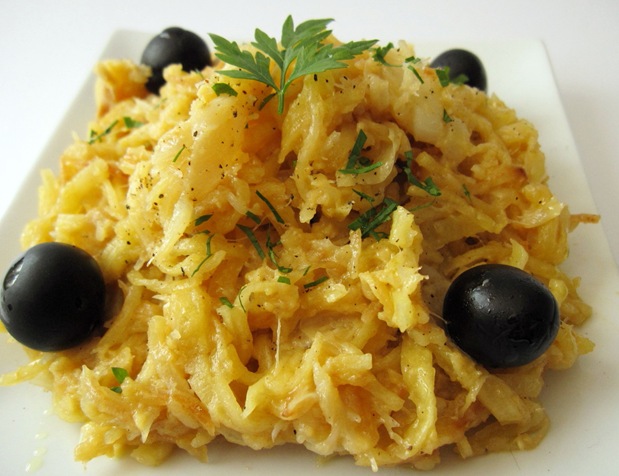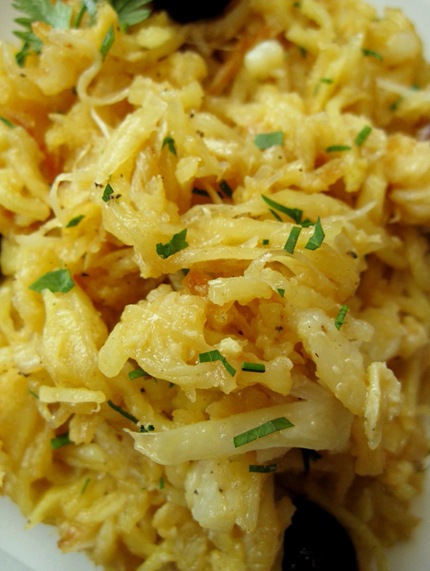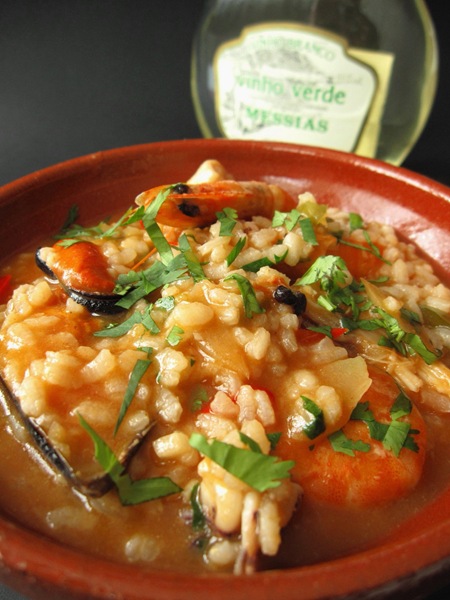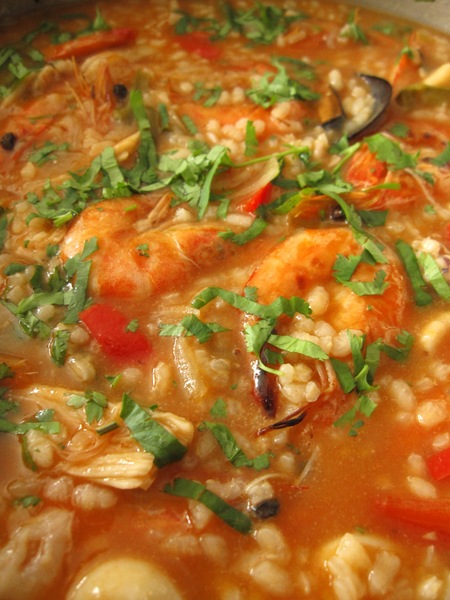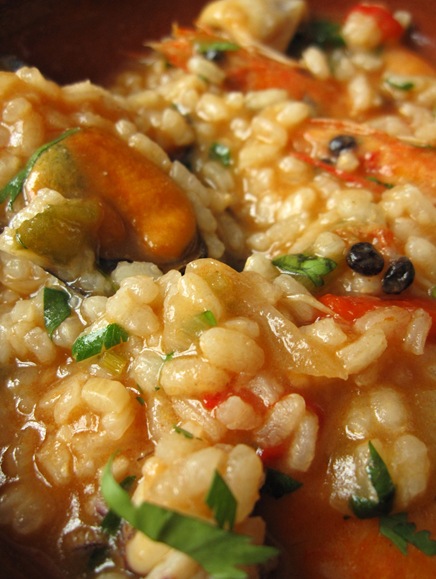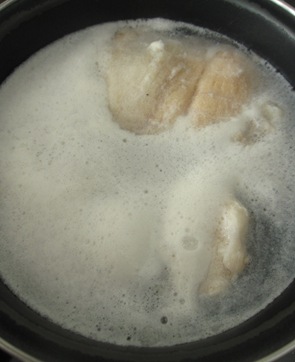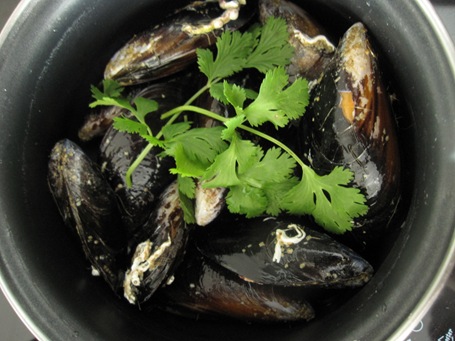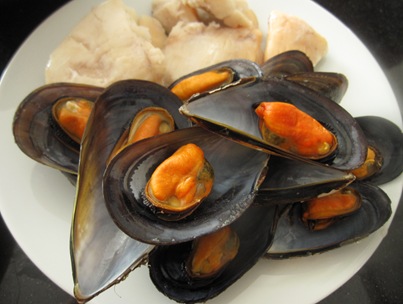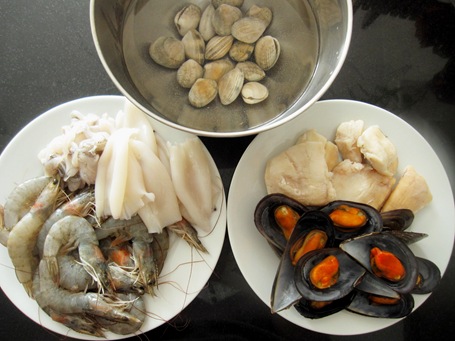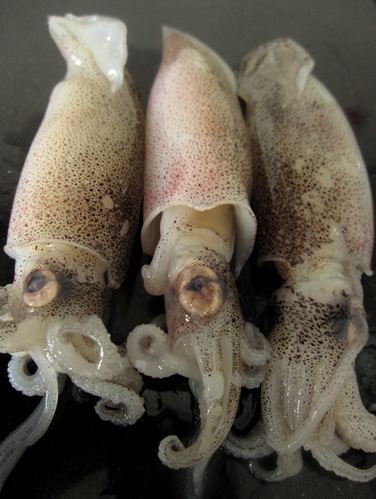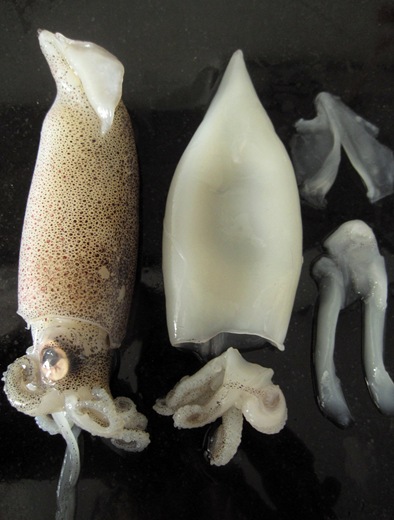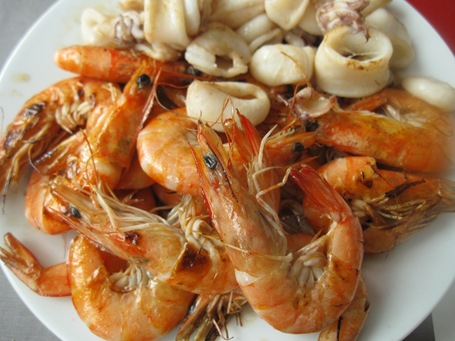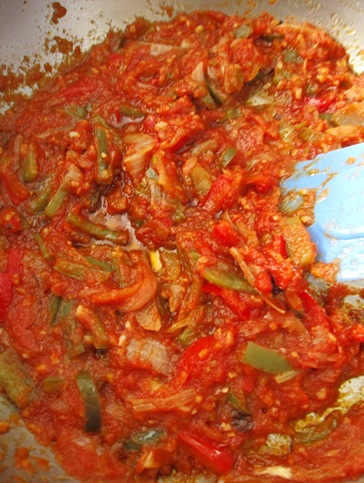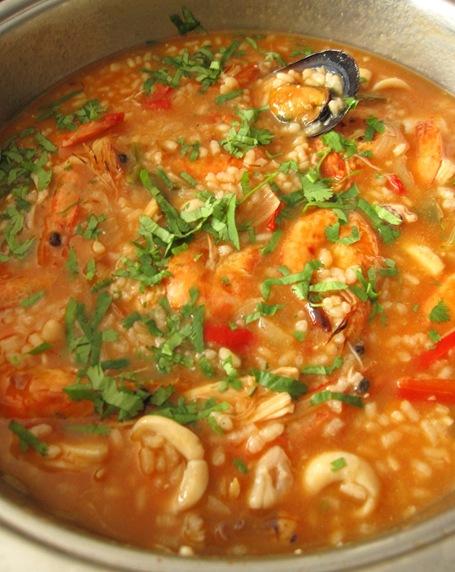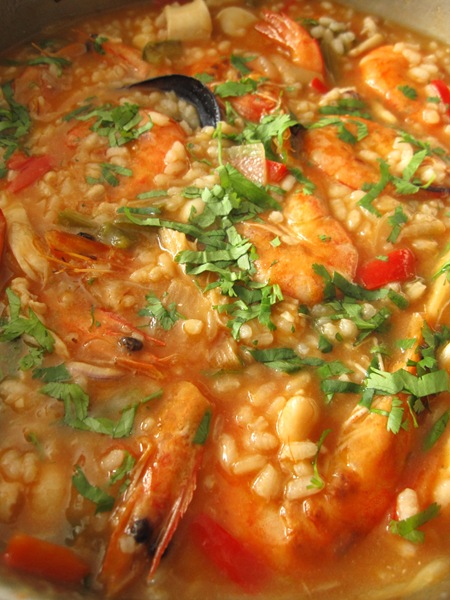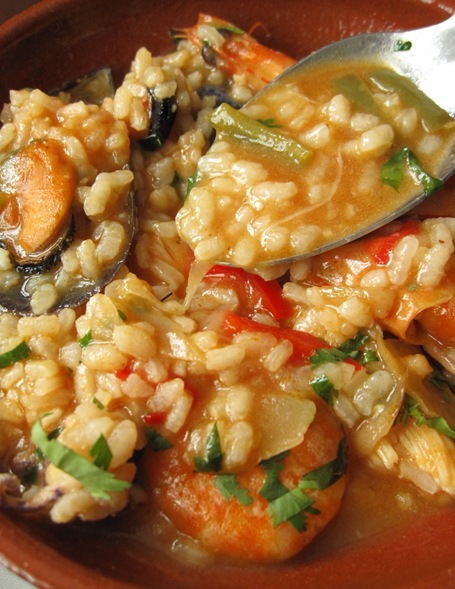I really like guacamole, but I’m not always so lucky as to find avocados right for it. Here in Spain there aren’t many varieties available. When I looked into the world of avocados and found that there are sooo many different ones available, I realised I’d be lost out of these few imported varieties. Basically, here you can find Hass and one or two other smooth skin varieties. I always go for the Hass type, specially for this dip, as it has a creamier consistency when ripe (or it should, at least!). To choose a hass for guacamole, it should be really ripe, the skin turns from green to brown and if you press lightly near the stem it will feel soft but not completely give in (it would be over-ripe or wounded!).
Once I have the avocado for the dip, time to find fresh coriander, still not so easy to find…but luckily a few South American small shops near where I live have started offering it as it is so commonly used in their cuisine. Actually, in ours too! though not in the Península, but in Canary islands! It is the main ingredient of their well-known “mojo verde”.
Now about the plantain chips…I lived in Cuba for a few years and “mariquitas” as they call them are common to find. I’ve seen various other South American countries that also prepare them, though with different names, one of them being “chifles”. They are delicious! Crispy like potato chips but with a much more defined taste. Some chef must have imported the idea here is Spain, for in the last 4 years I’ve seen it served here in “fashion” restaurants ;)! But to make it cooler…instead of the plantains being sliced into rounds along its length, they are sliced lengthwise to make them more appealing.
The truth is that either tastes great and makes a great match for guacamole to substitute the usual corn chips. I like the larger ones as otherwise you’ll dip in your fingers along with the chips into the guacamole! But an easier way to slice them is at an angle (oblique) to make for a larger chip but not it’s entire length with makes slicing a bit more complicated (with a slicer machine or with a mandoline). Of course the ends are way to difficult, but nothing is wasted!…I use them to make tostones, also known as “patacones”, double-fried thicker-sliced plantain chips. These I like even better, but on their own, tasty soft inside…and crispy outside! I hope you enjoy it all!
Plantain chips & guacamole
(serves 4 as a dip)
For the guacamole:
2 avocados (they were 300g and once peeled and without the stones)
~12g fresh lime juice (use less to start with and adjust to taste)
~5g fresh coriander (a handful)
10g fresh spring onion (or purple onion)
(optional: rind of 1/4 lime)
(optional: 1/4 clove of garlic)
(optional: ~5 or 6 fresh mint leaves)
(optional: pinch of cumin)
1 bird-eyes red chile (or less to taste)
salt and freshly milled black pepper
~15g extra virgin olive oil
For the chips:
1 green (really unripe) plantain
neutral oil for frying
salt
First we prepare the chips, so to remove the hard skin of this tough unripe plantain, I recommend you use a glove (on whichever hand you use) as if it gets under you nails, 1) it can hurt, as it is so tough, it goes in further into it as you press to break it open and 2) cause it oxidises and goes dirty brown in no time! So like with artichokes, I always use a glove. Then just cut lightly both ends and make a very light incision along it’s length. Start at one of the ends pulling out to remove the tightly adhered skin from each side.
To slice it, like I said, you will need either a slicer machine or a mandoline. I managed with a small mandoline…pressing the whole plantain along it’s length with a kitchen towel to get thin even strips. If you haven’t got a mandoline, you can make slices at an angle with a knife. They obviously won’t look the same, but it’s easier and makes longer chips.
Have ready a piece of parchment paper to place the strips you make.
Finally just warm up to medium high the oil and fry them. To fry, add one at a time and make sure it doesn’t curl too much as they can fold in half! Add a few to cover the surface of the oil and fry until it almost stops bubbling, which means they’ve dehydrated enough.
Remove them onto kitchen paper or a tray to strain. Continue to finish them all.
As it is difficult to manage to get strips for the whole plantain, you can use up the thicker end to make tostones. Just turn the oil off to cool for a while, as you want it to slow cook the thicker pieces (like when making thick chips). Cut the length into 3 or 4 pieces and place them in to slow-fry. When they start to colour, take one and pinch, it should be soft inside. Then, remove them all and press them in between aluminum paper, kitchen or parchment paper with a pestle or a rolling pin or whatever works! to flatten the pieces by half!
Meanwhile preheat the oil to high and when ready fry them enough to get a nice golden colour!
Time to make the guacamole…you leave it for last to avoid oxidation!
Cut your avocados in half and remove the bone attached to one side by stabbing a knife and turning it to release the bone.
I was lucky to get green unbruised avocados, but they could have been riper and creamier! But well…Last time they were brown! so I can’t complain!
Cut each half in pieces and place into a bowl.
Add some of the lime juice (less than half a lime) to prevent it from losing it’s gorgeous colour! About the lime juice, be careful, ripe, creamy avocados might benefit from more, but not so ripe ones with feel sour with the same amount!
Break it all up a bit with a fork to mix in the juice well
Ah, keep at least one of the bones in, they help avoiding oxidation. In fact, if you don’t eat all the guacamole, if you return it in, it will help avoiding discoloration.
Optionally, this with the other “optionals” in the list I learnt from a great chef I worked with, who amongst other things taught me the possibilities of citrus rinds on food preparations. In this case, it gives it a fresh lime taste. Just avoid grating any white, as it is bitter! Just a pinch of this grated rind makes a big difference. It is not traditional in guacamole but it is really nice!
Chop up the coriander into thin strips and add it, along with the fresh mint leaves (another non-traditional that I think is really nice). I know sooooo many people dislike coriander, if that is your case, don’t include it, but to me guacamole without coriander is not the same!:(
Optionally, you can grate a pinch of fresh garlic (one of the non-traditionals) but enriches the dip!
Also, chop up the spring or purple onion finely and add it in.
Time for spicing up your dip! I like to use fresh chile, but if you can’t be bothered, use a bit of dried one. Since it is not easy to find them here neither whenever I buy a pack I freeze them (as I do with vanilla pods) and that way they keep almost like fresh! This one is frozen, for instance
Remove the seeds and chop it up finely into thin strips and then the other way around, to make it as small as possible.
Finally, season with salt and freshly milled pepper and a pinch of cumin (it is really nice and if used right, just a pinch, you cannot tell it’s there) and emulsify with some extra virgin olive oil…This will make the lime flavour milder, so account for this and taste it again to adjust lime juice if needed.
And it’s ready to…dip in your fingers!!! or…your plantain chips!!I hope you like it!
At least the presentation will appeal your guests!
A close up…
I forgot to mention that to keep it, aside of adding the bone back, whichever means of avoiding oxigen works, so either place it in a piping bag or in a bowl with film touching the surface directly pressing it in to remove any air in between, or even some oil over to protect the surface. But sadly, the discoloration is inevitable, this will just keep it green for longer…so eat it before that happens!

